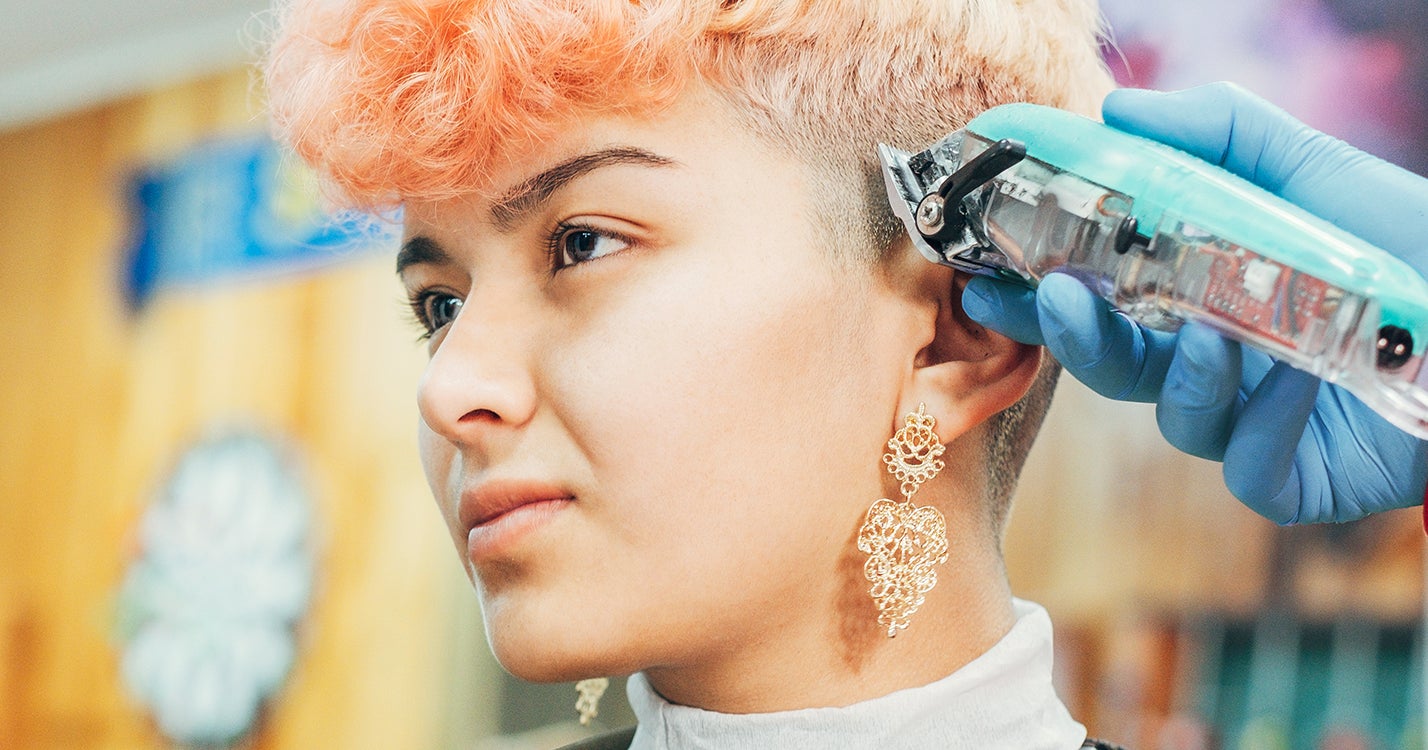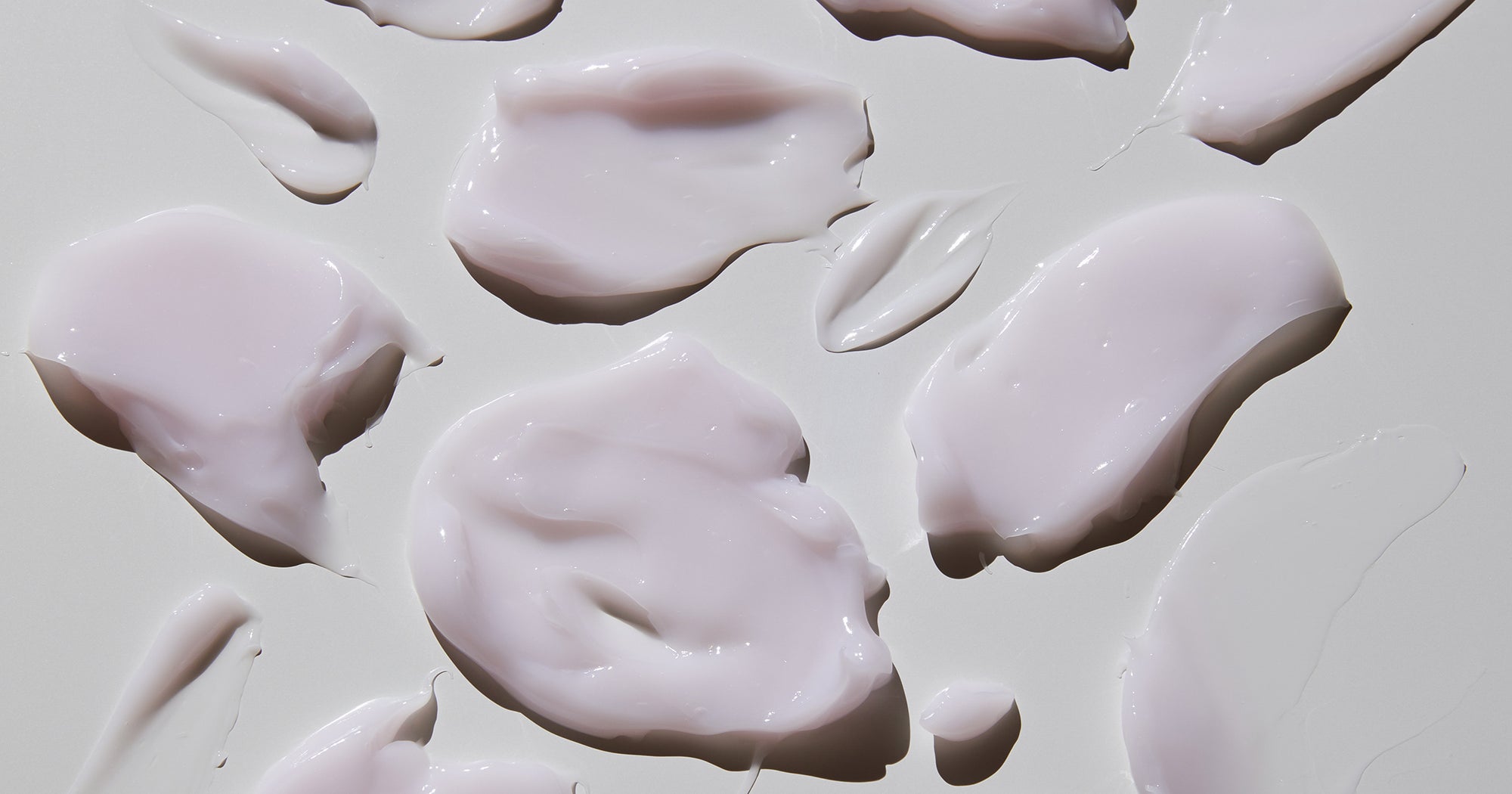The painting Surrender of General Burgoyne hung over the gaggle of tech oligarchs – a grinning Elon Musk, but also more recent Silicon Valley friends of the MAGA movement. Priscilla Chan, Meta CEO Mark Zuckerberg, Robert F. Kennedy Jr., Lauren Sanchez, Jeff Bezos, Alphabet’s CEO Sundar Pichai, and Mr. Musk attend Donald Trump’s inauguration on Jan. 20.Pool/Getty Images
America surrendered to Donald Trump on TV on Monday.
The resistance, the old one that dogged Mr. Trump in his first term as president anyway, has been brought to heel after an election where he won both electoral college and popular vote fair if not quite square.
That was the message sent to the world’s screens from Mr. Trump’s second inauguration, one that traded in the familiar fresh-air imagery of America’s televised transfers of power past for close-up pictures of capitulation of tech titans and former political adversaries, sitting under paintings of defeated British troops.
Because of the cold (by American standards) weather, Mr. Trump made the call to have his swearing-in indoors in the rotunda of the U.S. Capitol in Washington, rather than outdoors on the west front of the building, as has generally been the case since the 1980s.
Given how much Mr. Trump likes to measure his worth through the size of his crowds, his move to an intimate ceremony seemed like a sign of a changing temperament. And certainly, at the start of his address in the rotunda, Mr. Trump adopted sober, measured tones and kept his usual carnival-barker gestures and exaggerated facial expressions to a minimum.
But those who know how calculated Mr. Trump is about image may wonder if the former reality-television star wanted to move the action inside in order to visually emphasize that his second, non-consecutive term would be the start of something new.
The Capitol’s neoclassical rotunda is of an overly grand design, meant to resemble the Pantheon and filled with statues of past presidents and European-style oil paintings.
While Ronald Reagan used the rotunda as the site of his inauguration (on a much colder day) in 1985, it is, of course, best remembered on screens these days from the images and video of a mob of Trump supporters invading the so-called “people’s house” on Jan. 6, 2021. That was the last time the rotunda was as crowded as it was Monday; the significance of the space ahead of an impending pardon of those who participated in that riot was not lost on viewers at home, or even commentators on Fox News, which is where I tuned in.
Though the list of invitees was said to have been pared down, the rotunda was packed. A full bandwidth of tech CEOs – Musk to Zuck – mingled with the President and Vice-President JD Vance’s families to the left of the podium where Mr. Trump spoke, while, to the right, former presidents and vice-presidents and their first or second partners and Supreme Court justices crammed together as if posing for a class picture.
The everyone-next-to-everyone-else atmosphere looked on screen more like the Golden Globes than the Oscars, so it wasn’t entirely surprising when Mr. Trump quickly started to roast Joe Biden and Kamala Harris, who were sitting just a few feet from him, often looking down or away, or staying seated during standing ovations.
Mr. Trump described how he was taking the country back from “a radical and corrupt establishment [that] has extracted power and wealth from our citizens.”
Images of past surrender hovered above the present one.
Whether by fluke or design, Mr. Trump’s second ceremony took place with two giant history paintings depicting British troops giving up in the American Revolutionary War as backdrop.
There was plenty of opportunity for viewers to consider these 18th-century oils by John Trumbull during the 30 minutes of VIPs filing in through a passageway between them – and the slight but significant differences between the two that seemed to speak to who sat under them.
In the Surrender of General Burgoyne, the titular British officer is shown about to hand over his sword to the American general Horatio Gates. But Gates, standing next to him on the ground to signify mutual respect, refuses the weapon and points his enemy to a tent where he can, according to the Capitol website, “take refreshment.”
This is the painting that fittingly hung over the gaggle of tech oligarchs – a grinning Elon Musk, but also more recent Silicon Valley friends of the MAGA movement such as Meta’s Mark Zuckerberg, Amazon’s Jeff Bezos, Google’s Sundar Pichai and Apple’s Tim Cook, the latter grinning like a goose trying not to be cooked.
The other history canvas, hanging to Mr. Trump’s left, is called Surrender of Lord Cornwallis. It shows American general Benjamin Lincoln towering on a horse above redcoats who have given up, his hand out to take their sword away. While the painting is bloodless, smoke billows in the background ominously and Cornwallis is nowhere in sight.
It was under this painting that you found Mr. Biden and recently defeated presidential candidate Ms. Harris, as well as Bill Clinton and Hillary Clinton, George W. Bush and Laura Bush, artifacts of a pre-Trump Republican Party.
Mr. Trump waited until a speech to supporters later on to make fun of Ms. Clinton’s unhappy look.
But he didn’t have the nerve to attend Mr. Biden’s inauguration in 2021 – or he didn’t allow himself to be seen capitulating. This time, it was only Michelle Obama who resisted being a part of the images Mr. Trump’s base wanted to see on Monday. The former first lady let her husband attend this inauguration on his own. Perhaps, like Mr. Trump, she’s plotting a return.
Fox News anchor Bill Hemmer described the atmosphere, accurately, as part state-of-the-union address – where the standing ovations were doled out along partisan lines – and part Friars Club roast in New York.
But while there was plenty to digest in the words of Mr. Trump’s speech, and the more unhinged one that took place later in Emancipation Hall, it will be the images of the most powerful men and women in America crammed together, completely cowed, at the scene of a past Trumpist riot that will remain.















